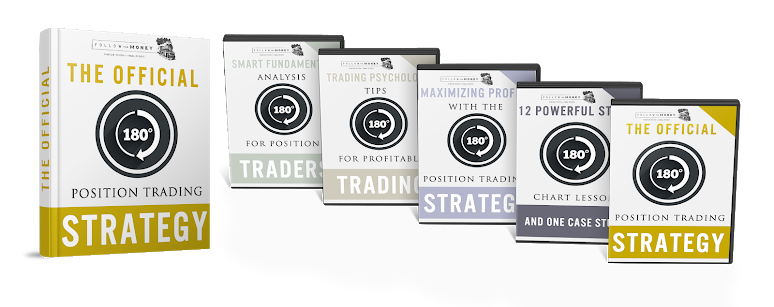Learn Jerry Robinson’s most powerful position trading strategy, STEP-BY-STEP, for a limited time!
Join today and get Jerry Robinson’s complete 6-hour Position Trading Course ($1997 value!)

Platinum members, log in here for access to the Complete Position Trading Course.
Not a Platinum Member?
What will I learn in this course?
In this six-hour position trading course, you will learn a powerful long-term position trading strategy that can help you achieve maximum long-term trading profits.
Some of the concepts explained in this six-hour trading course include:
– How market trends work and how you can use them to profit from the financial markets
– How to get started as a position trader (choosing an online brokerage, best online tools to use, etc)
– How much money you need to get started and position sizing tips
– A step-by-step guide to placing your first trade
– How to maximize profits and reduce losses with the Probing and Pyramiding trading strategy.
– Understanding buy and sell order types
– An effective stop-loss management strategy for position traders
– How to use the 20% Position Trading Gain Rule
– How understanding the four market stages can transform your trading performance
– How to identify new uptrends using technical analysis
– How to identify high-quality stocks through the use of fundamental analysis
– The best chart patterns for position traders to look for
– A position trader’s guide to moving averages
– Which technical indicators are most appropriate (and effective) for position traders
– How to know when to sell your stock or ETF for maximum profit
– 12 Chart Lessons and 1 Case Study for new position traders to study
– Trading psychology tips for position traders
– And so much more!
What is Position Trading?
Position trading is a trend following style that seeks to profit from new major uptrends (and even downtrends). Position trading is a style of trend trading that seeks to establish (and build) a long-term position within an asset in an emerging new major uptrend with the aim of holding it for weeks, months (and sometimes years) for maximum profit.
The position trader’s primary goal is to discover new trends just before they begin to develop. Once the position trader buys a stock or ETF, he may hold that position for several months, or even years, in order to fully exploit the trend. Put simply, the position trader attempts to buy a stock or ETF once it confirms a new major uptrend and seeks to hold the position until the major trend is finally exhausted.
Position traders rely upon both fundamental analysis (to know what to trade) and technical analysis (to know when to trade) when selecting a stock or ETF.
Through sound fundamental analysis, the position trader can find companies with sound fundamentals (like positive sales and earnings growth.)
Through the use of technical analysis, the position trader can identify the beginning of a new major uptrend, which can provide a signal to buy the stock or ETF.
While there are many specific position trading strategies that a trader can use, we have identified one of the most powerful strategies and share it (along with several others) in this powerful position trading course.
How is position trading different from swing trading?
While position traders may hold their positions for weeks, months, or even years, the swing trader will typically hold a position anywhere from one day to several weeks. Unlike position traders, the swing trader is not interested in finding and taking a position in a new major uptrend and holding for a long period of time through the duration of that trend. Instead, swing traders seek to carve profits out of existing trends.
How do I get started?
Become a Platinum member today to unlock our Complete Position Trading Course and start learning how to profitably trade stocks and ETFs today! Start here.